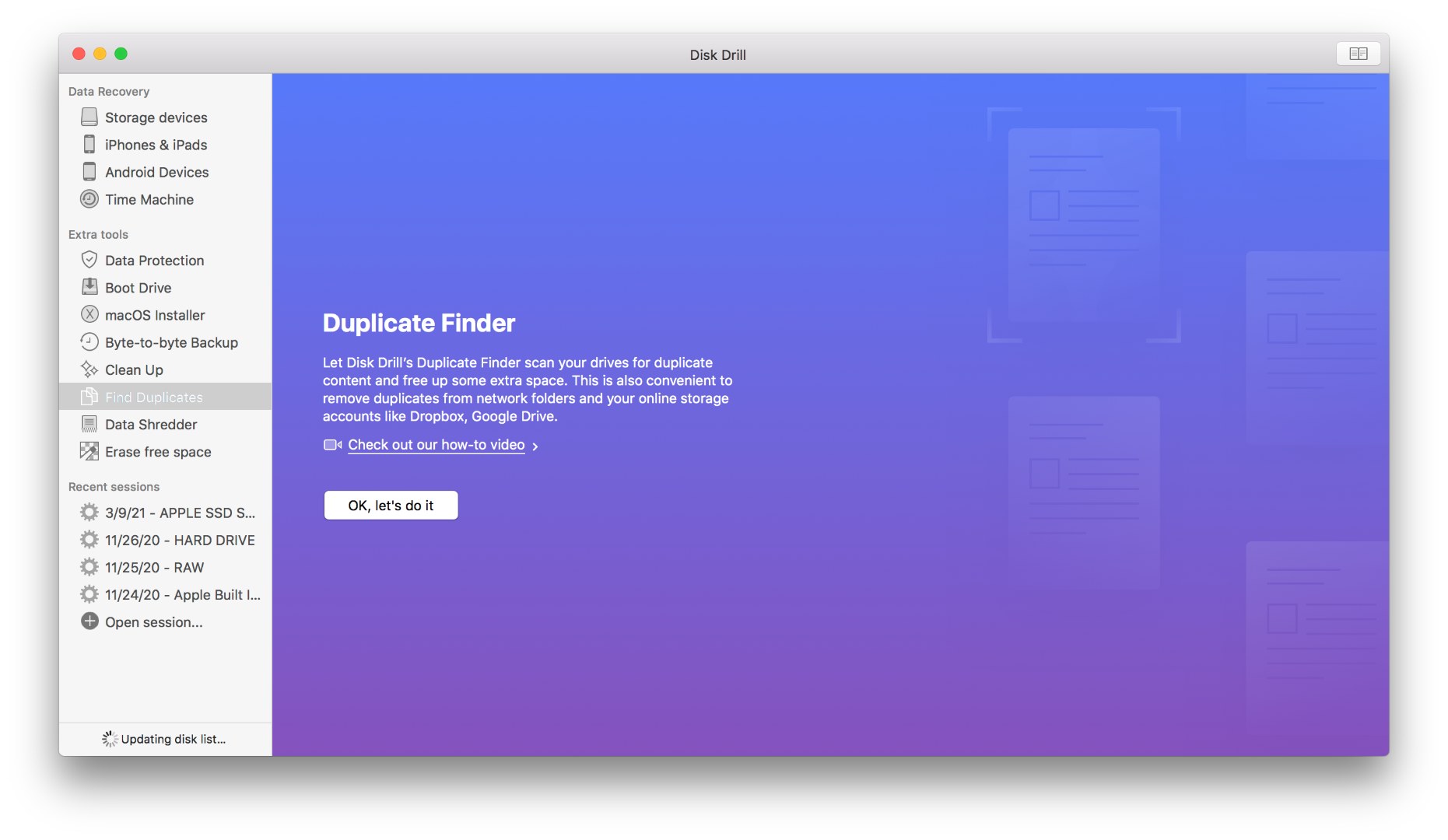

Let’s get into how to identify whether a Mac is a good candidate or not. For instance when your hard drive starts to go, you may notice apps that used. Your document may look the same as it did before, but that’s a good thing. The text is completely searchable and doesn’t replace the text of the scan, instead it uses a clever feature of PDFs called text overlay. But, again, not all Macs need to be defragged. If you’re having issues with your computer lagging, freezing or just plain being sluggish it may be a hardware issue. Once you select where to save the PDF, Doxie will OCR the document and export it. When you enable SSH, a cryptographic network protocol, Lansweeper can run the systemprofiler command on the asset. Lansweeper scans Mac computers through the Secure Shell or SSH protocol, similar to other Unix based assets. There can be a few reasons why a Mac could be slow, but defragging may help. This is because the license does not support installing it on other operating systems. In general, it’s a good idea to defrag Macs or PCs with HDDs about once a month.

Defragging also restores unusable capacity by reducing the space wasted between saved data. This unsystematic storage also creates spaces between saved data on the disk that aren’t usable, reducing storage capacity.ĭefragmenting basically reorders the data on the hard disk and bunches those bits together, making it faster and more efficient to access save files. This creates inefficiency, as the mechanical arm accessing a file must move to multiple sectors to collect the various bits of data a computer needs to read and open it. Over time, the data for a saved file becomes fragmented, meaning parts of the file are stored on different sectors of the disk. Hard disk drives (HDDs) store data on a spinning platter that’s divided into sectors.


 0 kommentar(er)
0 kommentar(er)
